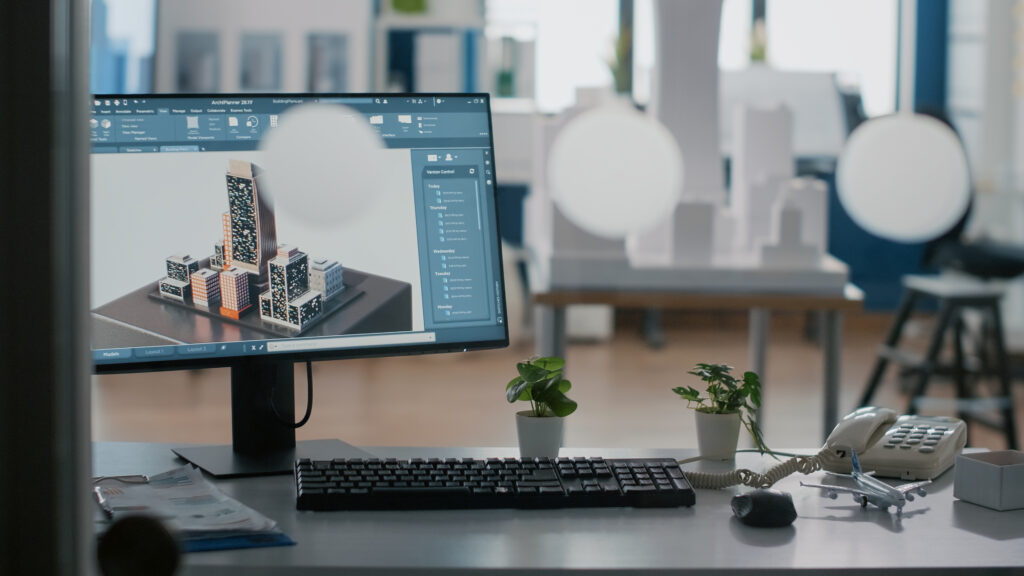
"3D Exterior Rendering Services: Step-by-Step Guide to Transforming Architectural Visualization"
Introduction
In the realm of architecture and construction, visualization plays a pivotal role in conveying design concepts, securing approvals, and ultimately bringing projects to life. Traditional methods of architectural visualization often fell short in providing clients and stakeholders with an immersive understanding of proposed designs. However, with the advent of 3D exterior rendering services, the landscape has transformed significantly. In this comprehensive guide, we delve into the step-by-step process of how 3D exterior rendering services revolutionize architectural visualization.
Understanding 3D Exterior Rendering Services:
- Understanding 3D Exterior Rendering Services:
- Definition and Scope: 3D exterior rendering services involve the creation of photorealistic visualizations of exterior architectural designs using advanced computer software.
- Importance: These services enable architects, designers, and stakeholders to visualize designs with high fidelity, helping them make informed decisions and garner support for projects.
- The Step-by-Step Process: a. Initial Consultation:
- Client Brief: Understanding the client’s requirements, project objectives, and design preferences.
- Gathering Resources: Collecting architectural drawings, blueprints, and reference materials. b. Conceptualization and Planning:
- Sketches and Concepts: Creating rough sketches or digital mock-ups to outline the initial design vision.
- Selection of Design Elements: Choosing materials, textures, lighting, and landscaping elements to enhance realism. c. 3D Modeling:
- Creation of Digital Models: Using specialized software to build a 3D model of the exterior architecture based on the provided blueprints and sketches.
- Detailing: Adding intricate details such as doors, windows, façade elements, and architectural embellishments. d. Texturing and Material Application:
- Surface Mapping: Applying textures and materials to different elements of the model to simulate real-world materials like brick, wood, metal, etc.
- Photorealistic Rendering: Utilizing advanced rendering techniques to achieve lifelike textures, lighting, and shadows. e. Lighting and Environment Setup:
- Natural and Artificial Lighting: Configuring lighting conditions to mimic the desired time of day and weather conditions.
- Landscape Integration: Incorporating landscaping elements such as trees, vegetation, and terrain to enhance realism. f. Rendering and Refinement:
- High-Quality Rendering: Generating high-resolution images or animations of the 3D model from various perspectives.
- Iterative Refinement: Reviewing the renderings with the client and making necessary adjustments to achieve the desired outcome. g. Final Delivery:
- Presentation: Delivering the finalized 3D renderings or animations to the client in the preferred format for review and approval.
- Revisions: Addressing any final feedback or revisions before the completion of the project.
- Advantages of 3D Exterior Rendering Services:
- Realism: Provides clients with a photorealistic representation of the proposed exterior designs, fostering better understanding and appreciation.
- Design Evaluation: Allows architects and designers to assess the visual impact of design choices, facilitating informed decision-making.
- Marketing and Sales: Enhances marketing efforts by showcasing projects in a visually compelling manner, attracting potential buyers and investors.
- Time and Cost Efficiency: Reduces the need for physical prototypes and costly revisions, saving both time and resources in the design process.
- Stakeholder Engagement: Facilitates effective communication between project stakeholders by offering a common visual language for discussions and feedback.
Frequently Asked Questions (FAQs)
How long does the 3D exterior rendering process typically take?
The duration of the rendering process depends on various factors such as project complexity, level of detail, and client requirements. Generally, it can range from a few days to several weeks.
Can 3D exterior rendering services accommodate changes or revisions to the design?
Yes, most rendering services offer revision rounds where clients can provide feedback and request modifications to the design. However, significant changes may incur additional costs and time.
What file formats are commonly used for delivering 3D renderings?
The most common file formats for delivering 3D renderings include JPEG, PNG, TIFF for images, and MP4, MOV for animations. However, the format may vary based on client preferences and intended use.
Are there any limitations to the level of detail that can be achieved in 3D exterior renderings?
While modern rendering techniques can produce highly detailed and realistic visuals, there may be limitations based on hardware capabilities, software constraints, and project requirements.
Conclusions
In conclusion, 3D exterior rendering services have emerged as a game-changer in the field of architectural visualization, offering unprecedented levels of realism and immersion. By following a meticulous step-by-step process, these services enable architects, designers, and clients to visualize and evaluate exterior designs with unparalleled accuracy and fidelity. With their numerous advantages and the ability to address client concerns through FAQs, 3D exterior rendering services continue to reshape the way architectural projects are conceptualized, presented, and brought to fruition. For more information you can follow us on our social media facebook , instagram and twitter